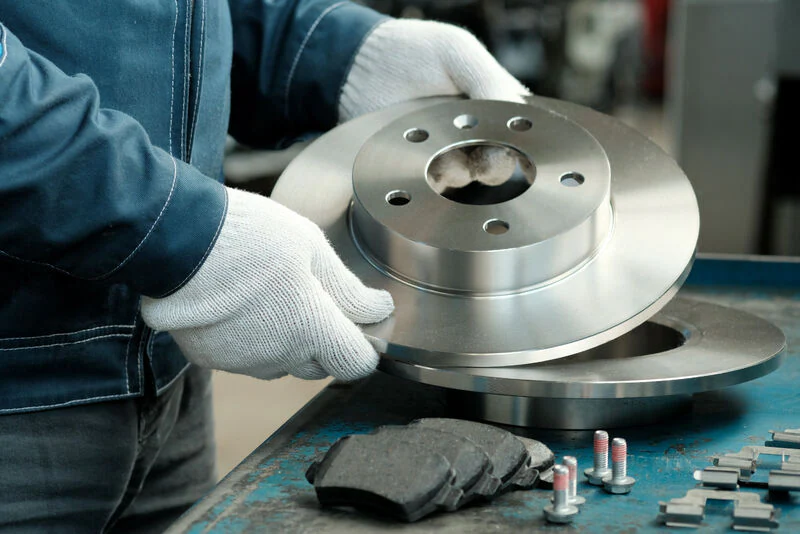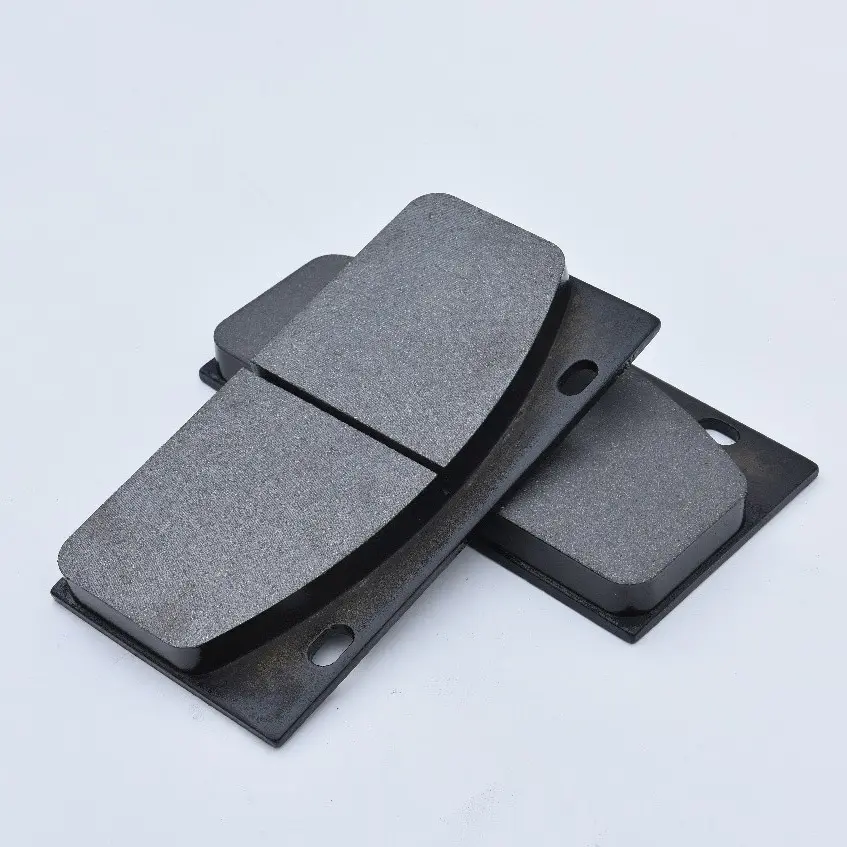Getting reliable brek pad quality is a matter of vehicle safety, and differentiating genuine parts from counterfeits is crucial. The key is to look for specific certifications, scrutinize the supplier’s reputation, and inspect the product’s physical details.
Here is a comprehensive guide on brek pad quality standards, identifying reliable suppliers, and avoiding dangerous counterfeits.
Brek Pad Quality Standards and Certifications
Reputable brek pad manufacturers adhere to strict international standards that guarantee a minimum level of safety and performance. Always look for these markings on the packaging and the pad itself.
| Certification/Standard | What It Means | Why It Matters for Brek Pad Quality |
| ECE R90 (Europe) | Mandates that all aftermarket brake pads and rotors must perform within a ±15% tolerance of the Original Equipment (OE) part. | Essential for aftermarket safety. Ensures the replacement part brakes as effectively as the one it replaced. |
| IATF 16949 | A global quality management system standard specific to the automotive industry. | Indicates a manufacturer uses rigorous quality control processes throughout production. |
| ISO 9001 | A standard for quality management systems (QMS). | Confirms the manufacturer has consistent, documented processes for producing quality products. |
| SAE J2975 (Edge Code) | A U.S.-based standard defining the system for the two-letter friction rating (e.g., FF, GG) printed on the edge of the pad. | The letters indicate the “cold” and “hot” friction coefficient, helping match the pad to the required driving conditions. |
Key Takeaway: A genuine, high-quality brek pad will prominently feature one or more of these certifications. If the product lacks these, or the markings look cheap/blurry, it is a significant red flag.
How to Identify a Reliable Brek Pad Supplier
Choosing the supplier is just as important as choosing the pad. Reliable suppliers are committed to quality, consistency, and traceability.
1. Proven Track Record & Certifications
- Authorized Distributor Status: Source brek pads directly from the Original Component/Equipment Manufacturer (OCM/OEM) or their authorized, franchised distributors. This is the lowest-risk supply chain path.
- Company Reputation: Research the supplier’s history, look for case studies, and check customer testimonials, especially for their consistency in product quality over time.
- Financial Health: A financially stable supplier is less likely to suddenly cut corners on material quality to reduce costs.
2. Quality Management and Warranty
- Warranty: A reliable supplier will stand behind their brek pad product with a clear, competitive warranty, covering defects in materials and workmanship.
- Testing Procedures: Inquire about their quality assurance (QA) and testing. They should perform internal testing on friction, noise, wear, and heat resistance using laboratory dynamometers.
- Transparency: They should be transparent about their raw materials (e.g., Ceramic, Semi-Metallic) and their manufacturing process.
3. Logistics and Support
- Delivery Consistency: Consistent and timely delivery indicates strong supply chain management, which is vital for your business.
- Technical Support: Look for a partner that provides technical and after-sales support to help you resolve any issues or customer claims efficiently.
How to Spot Counterfeit Brek Pads
Counterfeit brek pads pose a massive safety risk, often failing entirely under stress. Counterfeiters focus on visual appearance, not performance. Use the following checklist to detect fakes:
| Area of Inspection | Genuine Brek Pad (Standard) | Counterfeit Brek Pad (Warning Signs) |
| Packaging | High-quality box with sharp, clear printing. Holograms change color/image when tilted. Security seals are intact. | Blurry logos, faded colors, misspellings, worn-out boxes, or boxes that seem to have been opened/resealed. Flat, dull stickers instead of proper holograms. |
| Physical Pad Markings | Clear, permanent branding/logo, part number, and the SAE/ECE R90 certification number are visibly and permanently stamped or etched. | Markings are faded, inconsistent, or easily scraped off. Font or placement looks incorrect compared to a known genuine part. |
| Friction Material | Looks dense, consistent, and firmly attached to the backing plate. Color and texture are uniform across the pad surface. | Material may appear physically softer (can be scraped with a fingernail), have visible carbon or copper deposits (a cost-cutting measure), or have uneven/messy glue residue. |
| Pricing & Source | Priced competitively, sourced from an authorized dealer or reputable international site with a warranty. | “Price too good to be true” (significantly cheaper than market rate). Sourced from an unknown, unverified seller or a suspect online marketplace. |
| Product Consistency | Serial and part numbers on the brek pad itself match the numbers on the packaging. | Inconsistent serial numbers, part number mismatches, or quality differences between pads in the same box. |




